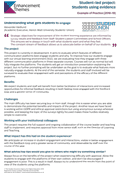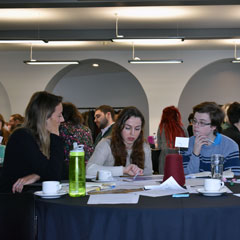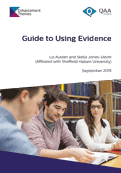
Student guide to using evidence
Publication date: 11 Sep 2019
This guide is designed to support and encourage students and students’ association and union staff to actively engage with data and evidence. It offers an accessible introduction to a range of key ideas and concepts and a range of activities which allow readers to develop their own thinking and confidence in key areas. It was written by Liz Austen and Stella Jones-Devitt (Affiliated with Sheffield Hallam University) as part of the Evidence for Enhancement Theme.
| Author: | QAA Scotland |
|---|---|
| Format: | |
| Size: | 8.25 MB |





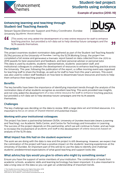
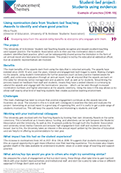
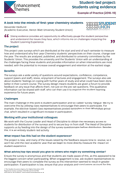
-from-a-students-perspective.png?sfvrsn=f54bc281_0)
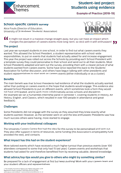
-what-do-staff-and-students-really-think-about-scef.png?sfvrsn=3d4ac281_0)
